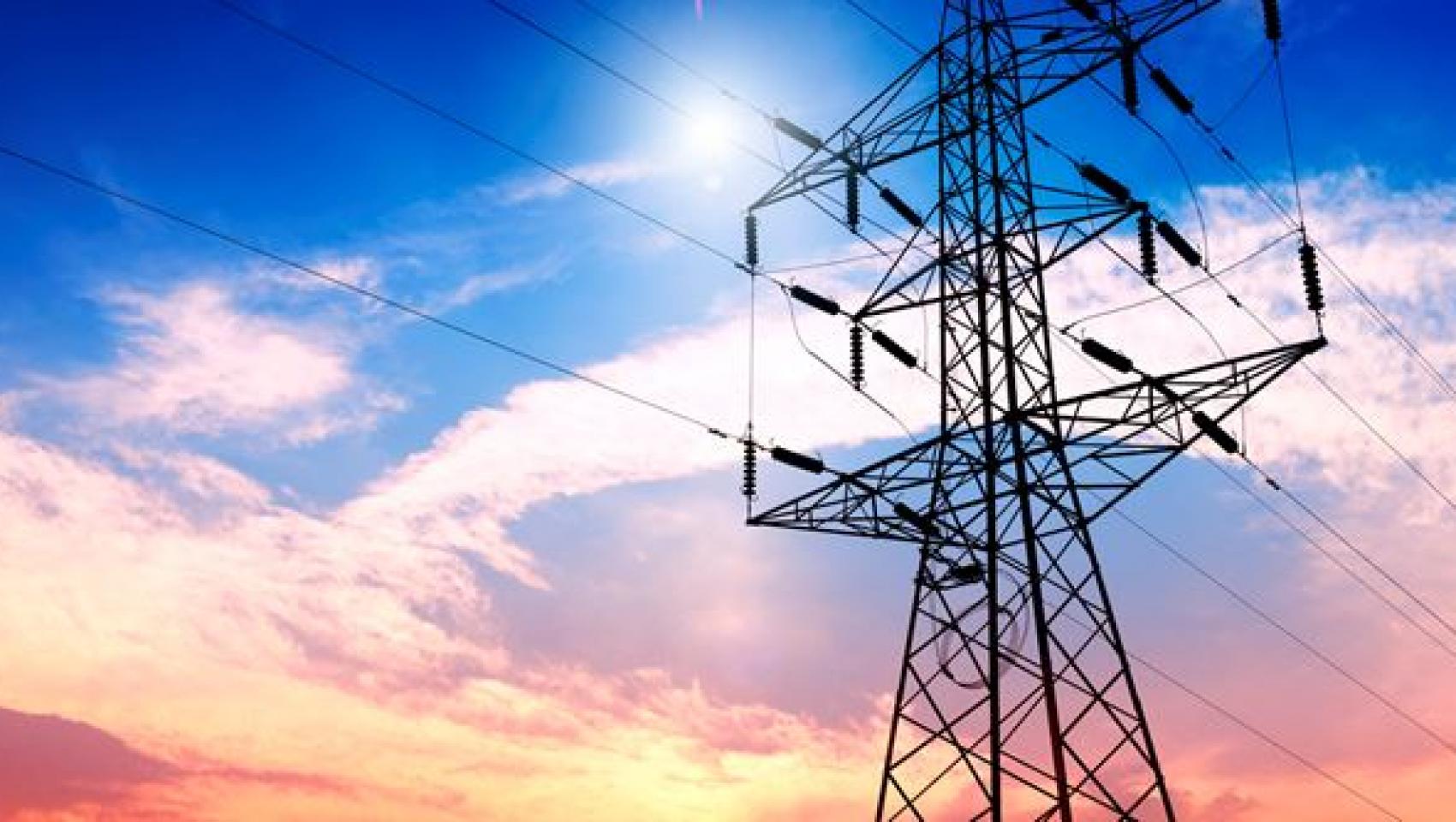Energy exchange day-ahead second auctions are an advantage but not ideal for dealing with trading errors
What are day-ahead secondary auctions, how long have they existed, when can they be triggered, how does trading work, are they suitable and can they be an option to deal with trading errors? This is explained in their publication by the Committee of Nominated Operators of the Electricity Market (NOPE, NEMO) in the form of " Frequently Asked Questions " published on the BNEB website (IBEX). The second auction is triggered in certain countries of the European day-ahead interconnection (SDAC) segment when predetermined price thresholds are reached. The order quotes are then reopened for market participants to review and update their positions. This is followed by a second and final calculation by NOPE based on unmodified network data provided by transmission system operators, but modified order data provided by market participants. Confirmation and publication of results is based on this second calculation. Second auctions are already part of the market rules of the energy exchanges and are even a legal obligation in some Member States. Some SDAC countries do not have a second auction procedure in place, the post explained. These are, for example, the Nordic countries or Poland. Current bidding countries/areas where second auctions are organized are as follows: Austria, Belgium, Croatia, Czech Republic, Estonia, France, Germany, Greece, Hungary, Ireland, Latvia, Lithuania, Netherlands, Portugal, Romania, Slovakia, Slovenia and Spain. It is explained that second auctions are introduced to alert market participants to unusual extreme prices operating with limited levels of liquidity or due to exceptional market fundamentals. They allow market participants to review their positions when price levels are higher or lower than usual. The aim is to increase awareness, improve prices and mitigate price spikes through modified buy or sell orders. Although the aim is to improve extreme price situations, the risk of deterioration cannot be ruled out. Although the change in bids is intended to improve the situation, the market may react with extreme prices or switching to different bidding hours or zones. The publication explicitly points out that second auctions are far from ideal for dealing with trading errors: first, they cannot be completely excluded in this unusual process due to significant time constraints. Second, with today`s market volumes, trading errors will often not trigger a second auction in the first place unless the erroneous volumes affect prices to a certain threshold.
Източник: 3e-news.net

КОМЕНТАРИ





